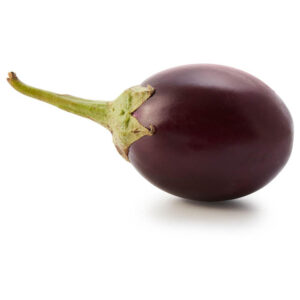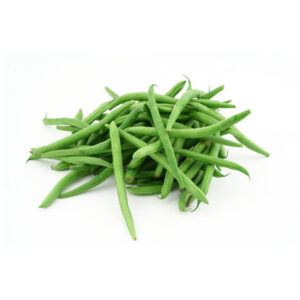Broccoli
Broccoli
- The words ‘broccoli’ and ‘calabrese’ are different varieties of the same vegetable.
- In general terms, calabrese produces green heads whereas broccoli produces white or purple heads (purple sprouting).
- The most common in England is ‘calabrese’ which annoyingly, is sold in some of the super markets as ‘broccoli’.
December – March
Description
- Like other cruciferous vegetables, broccoli contains the phytonutrients sulforaphane and the indoles, which have significant anti-cancer effects.
- Research on indole-3-carbinol shows these compound helps deactivate a potent estrogen metabolite (4-hydroxyestrone) that promotes tumor growth, especially in estrogen-sensitive breast cells, while at the same time increasing the level of 2-hydroxyestrone, a form of estrogen that can be cancer-protective.
- Indole-3-carbinol has been shown to suppress not only breast tumor cell growth, but also cancer cell metastasis (the movement of cancerous cells to other parts of the body).
- Broccoli is usually boiled or steamed, but may be eaten raw and has become popular as a raw vegetable in hors d’œuvre trays.
- Although boiling has been shown to reduce the levels of anti-cancer compounds in broccoli, other preparation methods such as steaming, microwaving, lactic fermentation, and stir-frying have not been shown to reduce the presence of these compounds.
- Broccoli is:
- Low in Saturated Fat, Cholesterol
- High in Dietary Fibre, Vitamin A, Vitamin C, Vitamin K, Vitamin B6, Folate, Potassium, Manganese, Protein, Vitamin E, Thiamin, Riboflavin, Pantothenic Acid, Calcium, Iron, Magnesium, Phosphorus and Selenium
- The nutritional value and health benefits of broccoli makes it ideal for:
- Maintaining optimum health
- Weight loss
- Don’t include too much broccoli in your diet if you’re interested in:
- Weight gain





